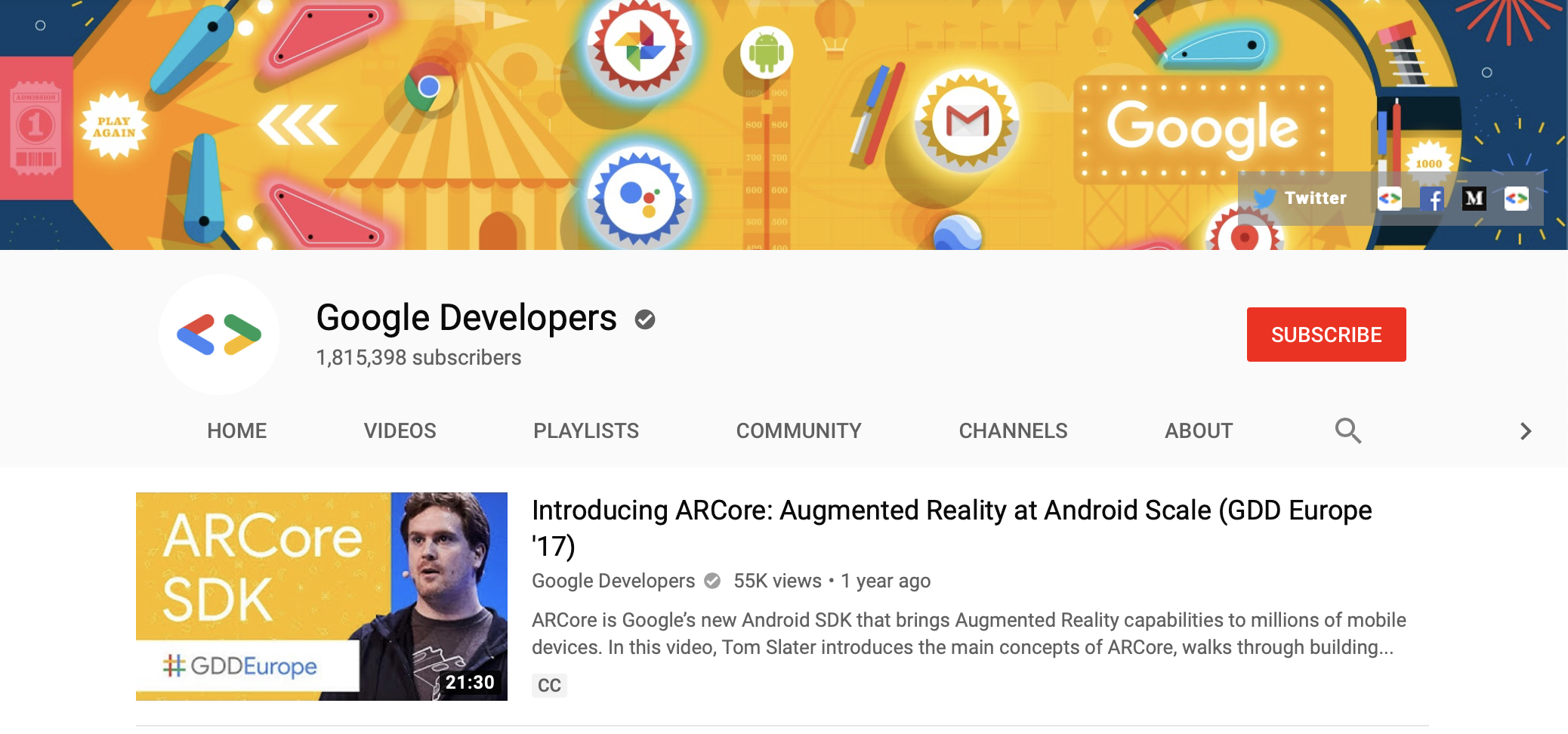Currently, Tango's area learning is not supported by ARCore and ARCore's offerings are not nearly as functional. First, Tango was able to take precise measurements of the surroundings, whereas ARCore is using mathematical models to make approximations. Currently, the ARCore modeling is nowhere near competitive with Tango's measurement capabilities; it appears to only model certain flat surfaces at the moment. [1]
Second, the area learning on Tango allowed the program to access previously captured ADF files, but ARCore does not currently support this -- meaning that the user has to hardcode the initial starting position. [2]
Google is working on a Visual Positioning Service that would live in the cloud and allow a client to compare local point maps with ground truth point maps to determine indoor position [3]. I suspect that this functionality will only work reliably if the original point map is generated using a rig with a depth sensor (ie. not in your own house with your smartphone), although mobile visual SLAM has had some success. This also seems like a perfect task for deep learning, so there might be robust solutions on the horizon.[4]
[1] ARCore official docs https://developers.google.com/ar/discover/concepts#environmental_understanding
[2] ARCore, ARKit: Augmented Reality for everyone, everywhere! https://www.cologne-intelligence.de/blog/arcore-arkit-augmented-reality-for-everyone-everywhere/
[3] Google 'Visual Positioning Service' AR Tracking in Action
https://www.youtube.com/watch?v=L6-KF0HPbS8
[4] Announcing the Matterport3D Research Dataset. https://matterport.com/blog/2017/09/20/announcing-matterport3d-research-dataset/

